To begin: what are we talking about?
- Definition of Taxation : set of rules, laws and practices which govern the collection of taxes and duties by the tax administration. This covers corporate taxation AND personal taxation.
- Definition of a freelancer : person who sells services to companies (B2B).
When we talk about taxation for freelancers, we are talking about :
- The taxation that will weigh on the freelance business (company).
- The taxation which will weigh on the individual (individual).
What is the goal ? The objective of this edition is to help you understand how to maximize the “net in your pocket”, after application of taxation. The approach is therefore to start from the turnover invoiced to customers and arrive at the money in your personal account, net of all taxes.
Viable Options for Freelancers
Freelancers have the choice between 4 categories of options (each with sub-options) regarding their taxation. These 4 options are:
- The micro-enterprise.
- Salary portage.
- The 1-story structure (SASU/EURL).
- The 2-story structure (involvement of a holding company).
Concepts to Know
- Key concept #1: abuse of rights (or mini abuse of rights) .
- Concept #2: the distinction between legal and natural person .
- Concept #3: the close link in taxation and investment .
Option 1: The micro-enterprise
Principle If you read this newsletter, I don't think I need to explain to you the principle of micro-enterprise: it is a simplified legal status which allows you to carry out a solo professional activity.
Taxation
- You pay 21.2% social charges on your turnover (around 11% if you have ACCRE).
- You declare your turnover excluding tax as your income.
- The tax authorities apply a reduction of 34% if you sell services (and 50% if you sell infoproducts) on your turnover.
- You pay income tax on the remaining turnover.
Benefits
- VERY advantageous taxation up to a certain level of income.
- Takes only a few minutes to create.
- SIRET number available within a few days.
- Few administrative procedures.
Disadvantages
- You cannot remain a micro-entrepreneur if you invoice more than €77,700 two years in a row (maximum 1 year out of 2).
- You cannot deduct expenses from your taxable turnover (the allowance exists for that) - you are therefore not encouraged to delegate or invest.
Option 2: Salary portage
Principle Salary portage is a special legal status which allows you to be an “employee” of a so-called “portage” company.
Taxation Taxation is around 50-55% depending on your marginal tax bracket: for 100€ of turnover invoiced, you have 45€ left (if you do a lot of “CA”) to 55€ (if you do “ little” of CA) in your pocket (simulation to be refined in your situation).
Benefits
- Obtain an employment contract & pay slips (to make a real estate purchase).
- Administrative simplicity (managed by the umbrella company).
Disadvantages
- It seems obvious: 50% taxes (or more) is a lot.
- Still no possibility of deducting the charges.
Option 3: The 1-story structure
Principle Tired of the major disadvantages of the previous options (turnover ceiling and non-deductibility of expenses), we now want to study the scale option: the creation of a “real” company.
Benefits
- Expenses can be deducted from taxable income.
- You can decide between paying yourself a salary (and the slip that goes with it), and receiving dividends (or a bit of both).
- You can keep cash in the company to reinvest it directly, and thus “delay” the payment of income tax.
Disadvantages
- Work and accounting/administrative costs higher than in a micro enterprise (around €1000 per year, large mesh).
- Higher taxation than in micro businesses up to €100,000 turnover (or rather “gross margin”, i.e. turnover minus charges)
Option 4: The 2-story structure (Holding)
Principle We will create several companies, structured on 2 floors:
- On the first floor: generally a SASU, which will:
- Own other companies
- Invest, potentially in other companies (optional)
- Manage these companies (optional)
- Pay you: in the form of salary (rare, because SASU contributions are high) or in the form of dividends (common, because “only” 30% “flat-tax”).
Benefits
- You have the best of both worlds between EURL and SASU.
- You can optimize the management of your investments.
Disadvantages
- The setup is expensive: each company brings its share of complexity and administrative costs (1.5 to 3k€ per year per company)
- The fact of investing through your company (instead of investing as an individual) must be analyzed in depth to be truly relevant.



Share: